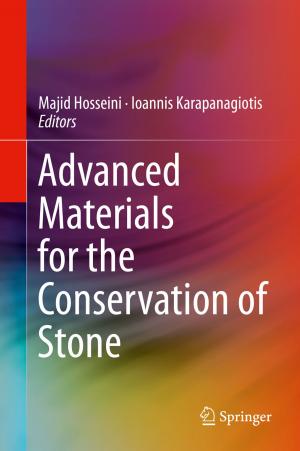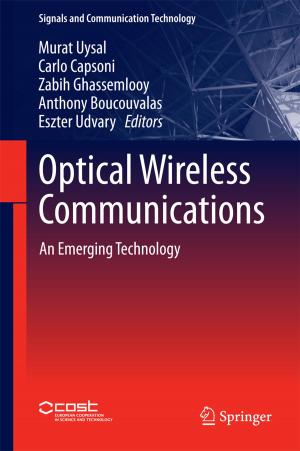Resistance to Photodynamic Therapy in Cancer
Nonfiction, Health & Well Being, Medical, Specialties, Oncology, Medical Science, Pharmacology| Author: | ISBN: | 9783319127309 | |
| Publisher: | Springer International Publishing | Publication: | December 11, 2014 |
| Imprint: | Springer | Language: | English |
| Author: | |
| ISBN: | 9783319127309 |
| Publisher: | Springer International Publishing |
| Publication: | December 11, 2014 |
| Imprint: | Springer |
| Language: | English |
This volume provides a comprehensive review of resistance induced by photodynamic therapy (PDT) in tumor cells. Understanding the underlying mechanisms in this process leads to the improvement of therapeutic modality, in combination with chemotherapy, immunotherapy, and radiotherapy. Photodynamic therapy is a minimally invasive therapeutic procedure that can exert a selective or preferential cytotoxic activity toward malignant cells. The procedure involves administration of an intrinsically non-toxic photosensitizing agent (PS) followed by irradiation at a wavelength corresponding to a visible absorption band of the sensitizer. In the presence of oxygen, a series of events lead to direct tumor cell death, damage to the microvasculature, and induction of a local inflammatory reaction. Studies reveal that PDT can be curative, particularly in early stage tumors and this volume explores the potential of PDT, but also reveals strategic approaches to overcome resistance in tumor cells.
This volume provides a comprehensive review of resistance induced by photodynamic therapy (PDT) in tumor cells. Understanding the underlying mechanisms in this process leads to the improvement of therapeutic modality, in combination with chemotherapy, immunotherapy, and radiotherapy. Photodynamic therapy is a minimally invasive therapeutic procedure that can exert a selective or preferential cytotoxic activity toward malignant cells. The procedure involves administration of an intrinsically non-toxic photosensitizing agent (PS) followed by irradiation at a wavelength corresponding to a visible absorption band of the sensitizer. In the presence of oxygen, a series of events lead to direct tumor cell death, damage to the microvasculature, and induction of a local inflammatory reaction. Studies reveal that PDT can be curative, particularly in early stage tumors and this volume explores the potential of PDT, but also reveals strategic approaches to overcome resistance in tumor cells.















